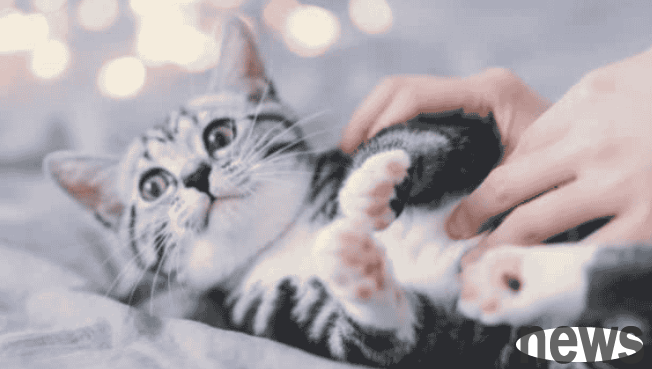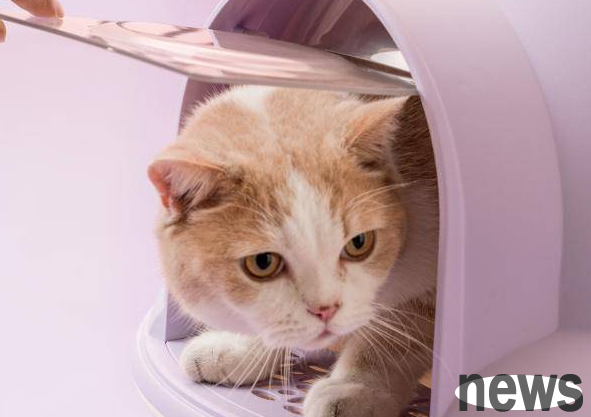When cats are in estrus, they will cause many problems to pet owners. For example, cats in estrus can disturb their neighbors, or leave home, or become prone to attack people. The most troublesome thing is overbreeding. Too many kittens will become a burden on pet owners. How to solve this problem? Ligating the cat is a good way.

1. The benefits of cat sterilization and sterilization
1. Controlling the amount of stray cats
The urinary stones in cats are not scary. What is scary is the water kidneys, which cause acute uremia and cause death
After sterilization, cats will not be infected with diseases that are transmitted through sexual behavior, such as cats' AIDS (a cat's immune system disease>, etc. Avoid blind reproduction and control the number of stray cats.
2. Control the cat's emotions
Let the cat get rid of the tension, irritability, and decreased appetite caused by estrus, and restore its original lively nature.
And for male cats, they will also change the habit of ejaculation with urine spray.
3. Reduce the occurrence of diseases
Cats have different physiological structures, and estrus and fertility may cause many diseases. Performing sterilization surgery on cats can fundamentally reduce the health risks of cats and is beneficial to health.
For male cats, testicle tumors and prostate hypertrophy can be avoided due to estrus.
4. Health of male cats, female cats, and frequent estrus, are most likely to suffer from urinary occlusion because secretions are blocked, and sterilization surgery can solve this problem. For female cats, excessive estrus frequency can cause ovarian cysts, and cats that have given birth will have problems such as uterine pus and breast tumors.
2. Preparation for cat ligation before ligation surgery
1. Healthy physical condition
Although sterilization surgery is a minor surgery, it is ultimately a surgery, which requires the cat to undergo surgery under appropriate physical and healthy conditions. The cat should not be too light and should not undergo surgery with illness.
2. It is recommended to perform sterilization of cats in autumn. It is recommended to perform in autumn. The autumn is clear and the environment is dry. Compared with spring and summer, dry weather conditions are suitable for surgery, so that the infection and inflammation of cats after surgery can be greatly reduced.
3. Erection cats are more suitable for sterilization. Cats that need to undergo sterilization should not be too small. Generally, surgery can be performed when they are mature. The development speed of the cat cannot be consistent. It is recommended that sterilization surgery be performed when it is observed that cats start to have estrus behavior in daily life.
4. Pre-operative rest preparation
The owner must arrange a place for the cat's rest and rest before the cat's operation. Before the cat's operation, the cat must first arrange a place for the cat to rest. It is recommended to prepare eye drops, because the cat's eyes cannot be closed during the operation, which will cause the cat's eyes to be dehydrated.

3. Care after cat ligation surgery
1. Eat canned food first after the operation. It is recommended to purchase canned cats from a pet hospital, feed the cat for 2 days after the operation, and then slowly change to canned cats and cat food.
2. There are about 3-5 hours from postoperative to awakening. According to the physical fitness of the cat, cats with good health wake up faster. Some cats woke up an hour after surgery, while others slept for a full day. Pay attention to insulation at this time.
3. It is more comfortable to lay cats on the flat position
The veterinarians have received special training in holding the cat's hands. All you have to do is open the box prepared in advance and let the vet lay the cat flat. Give the cat eye drops in time, dropping one drop every 2 minutes or so.
4. Female cat stitch removal examination
ligation surgery is relatively simple for male cats. It is just a minor external surgery. Generally, it can recover after about two days. But for female cats, they need better care. After all, they need stitches and must be operated by a doctor.
